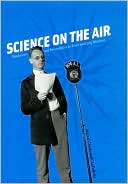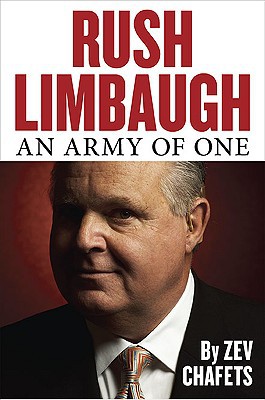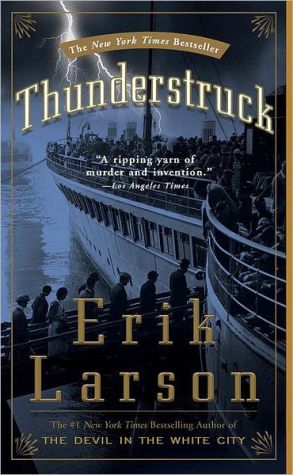Science on the Air: Popularizers and Personalities on Radio and Early Television
Search in google:
Mr. Wizard’s World. Bill Nye the Science Guy. NPR’s Science Friday. These popular television and radio programs broadcast science into the homes of millions of viewers and listeners. But these modern series owe much of their success to the pioneering efforts of early-twentieth-century science shows like Adventures in Science and “Our Friend the Atom.” Science on the Air is the fascinating history of the evolution of popular science in the first decades of the broadcasting era. Marcel Chotkowski LaFollette transports readers to the early days of radio, when the new medium allowed innovative and optimistic scientists the opportunity to broadcast serious and dignified presentations over the airwaves. But the exponential growth of listenership in the 1920s, from thousands to millions, and the networks’ recognition that each listener represented a potential consumer, turned science on the radio into an opportunity to entertain, not just educate. Science on the Air chronicles the efforts of science popularizers, from 1923 until the mid-1950s, as they negotiated topic, content, and tone in order to gain precious time on the air. Offering a new perspective on the collision between science’s idealistic and elitist view of public communication and the unbending economics of broadcasting, LaFollette rewrites the history of the public reception of science in the twentieth century and the role that scientists and their institutions have played in both encouraging and inhibiting popularization. By looking at the broadcasting of the past, Science on the Air raises issues of concernto all those who seek to cultivate a scientifically literate society today. Publishers Weekly One of the reasons Orson Welles's dramatization of The War of the Worlds convinced so many people that New Jersey was really being invaded by Martians was that radio listeners of the late 1930s had grown accustomed to hearing scientists interviewed on the air, according to this lively history. LaFollette traces the American scientific community's participation in mass media over a period of three decades , from the first radio appearance of Smithsonian curator Austin Clark to a series of television specials directed by Frank Capra in the 1950s. From the beginning, she writes, such programming was caught up in the tension between educational and entertainment value, and the lecture-like format of early science shows gradually gave way to more dramatic presentations. Commercial pressures also kept controversial topics like evolution off the airwaves, and scientists were wary of getting involved with the sensationalist press. Though flecked with colorful details-like Clark's insistence that guests on his program wear tuxedos-LaFollette's approach is strongly academic; a brief epilogue hints at a potential parallel between early radio and early podcasting, but the analysis remains inconclusive. (Sept.)Copyright © Reed Business Information, a division of Reed Elsevier Inc. All rights reserved.
List of FiguresPrologue 11 Tuxedos and Microphones 72 The Radio Nature League 273 Syndicating Science 454 Cooperative Ventures 655 Shifting Ground 876 A Twist of the Dial 1137 Facts and Fictionalizations 1338 Adventuring with Scientists 1579 Broadcasting the Voice of the Atom 17910 Illusions of Actuality 211Epilogue: Entertaining Lessons 239Bibliography 281Index 299








